Rades, Tunisia (March 29, 2018) – Chemical inputs have long been the industry standard for maintaining the vitality of lawn. However, concerns about the environmental and financial impact of these products has led lawn managers toward alternative inputs.
The Olympic Stadium Rades (French: Stade Olympique de Radès, Arabic: الملعب الأولمبي برادس) is a multi-purpose stadium located in Rades City, Tunisia about 10 kilometers south-east of the city center of Tunis, in the center of the Olympic City. The stadium was built to serve as the flagship venue for the 2001 Mediterranean Games and is considered to be one of the best stadiums in Africa. It is currently used mostly for football matches of the Tunisia national team and other teams and Club Africain for high-profile games. The stadium holds 65,000 seats and also has facilities for athletics. The Cité Nationale Sportive manages, operates and maintains the sports infrastructure provided by the Ministry of Youth and Sports.
The aim of the study is to evaluate the performance of Sanbio® ferti-activator mix on the vegetative growth and recovery of lawn in the Olympic stadium Rades, Tunisia.
This project was carried out as part of the cooperation between Cité Nationale Sportive de Rades – Tunisia, SGDAI General Society for Agricultural and Industrial Development – Tunisia and SANBOS GmbH – Germany.
The lawn keepers made one spray application with a rate of 1 kg Sanbio EPSOMITand 1.5 kg Sanbio PLANTA and 10 L Sanbio VITAL diluted in 500 L water per hectare on the March 07, 2018.
Just three weeks after the treatment the color of lawn changed to dark-green color and the defects have been repaired. The vigor of grass plants has been improved and they became strong. Due to enlarged root mass their access to nutrient and water was improved. Furthermore, due to introduction of biotic and abiotic resistance there was no disease or stress-related weakness.
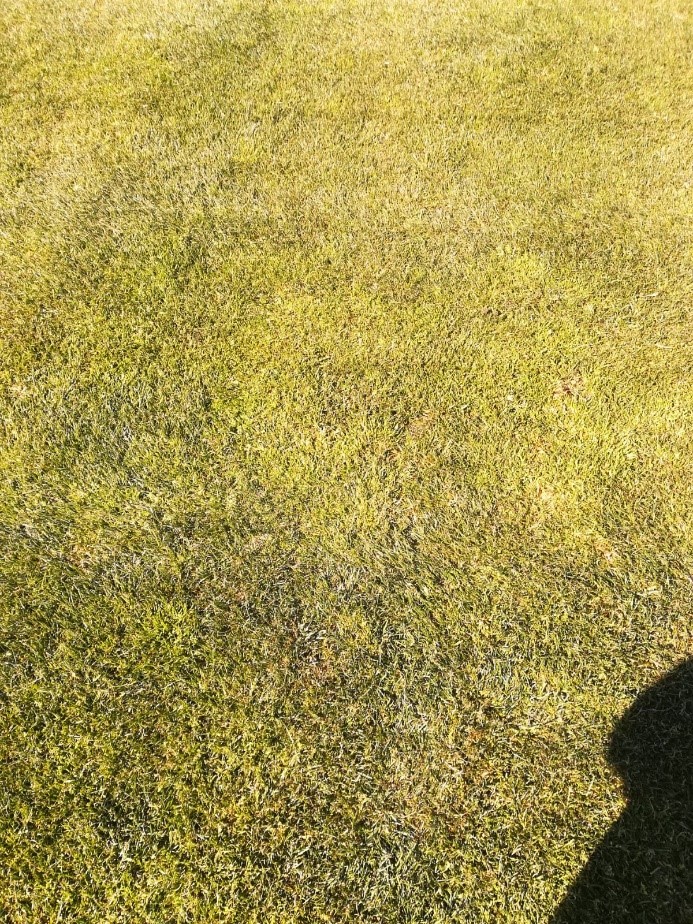
Figure 1. Bleached lawn before treatment
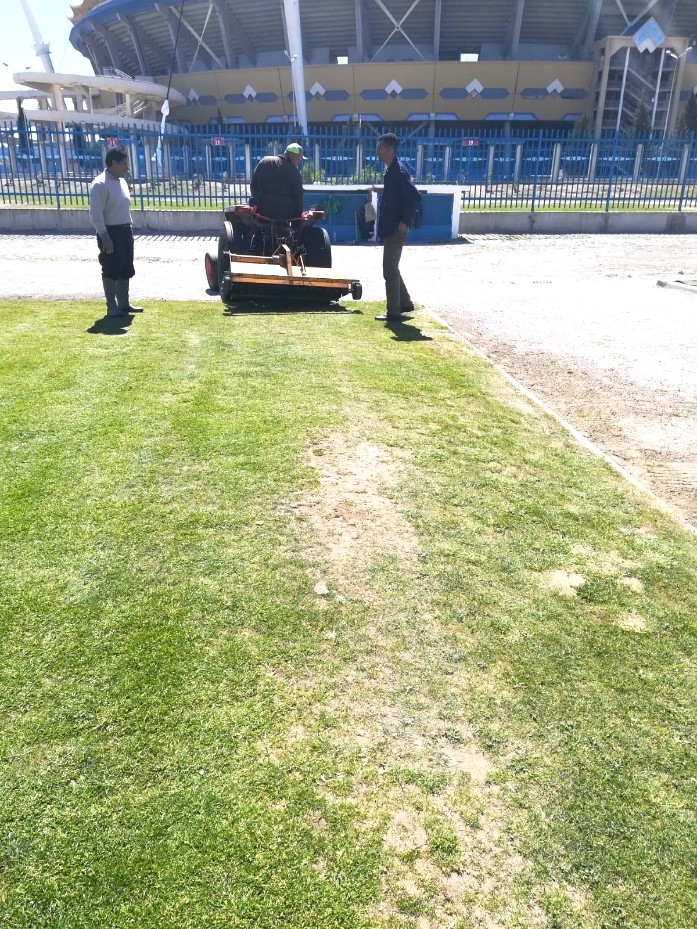
Figure 2. Large defects in grass areas before treatment
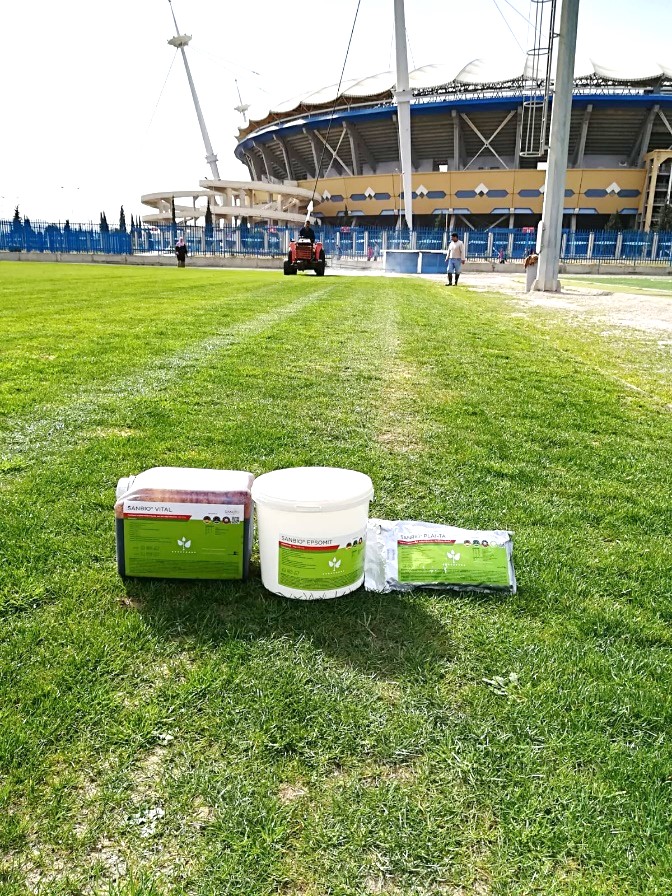
Figure 3. SANBIO product mix
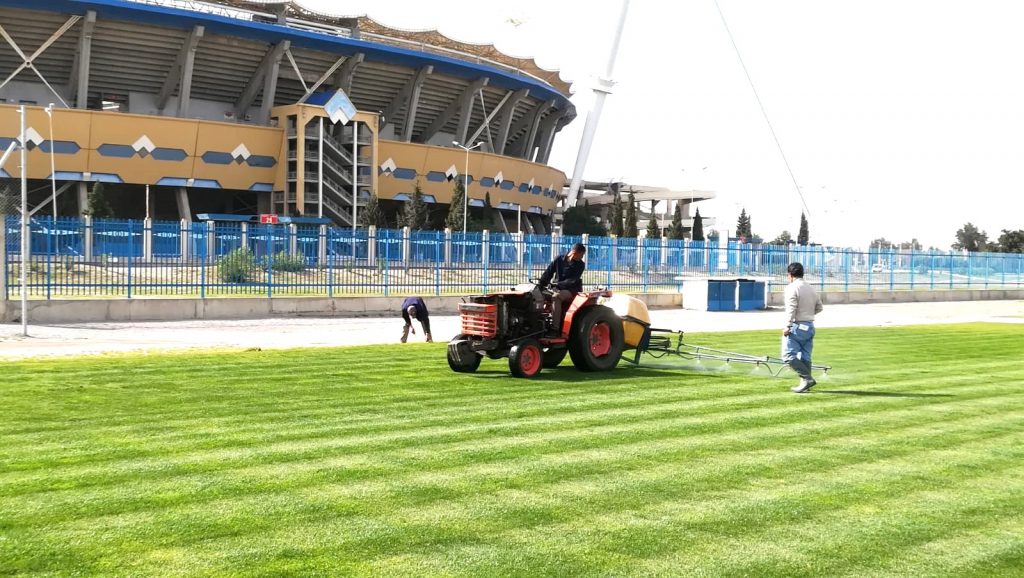
Figure 4. Application on March 07, 2018
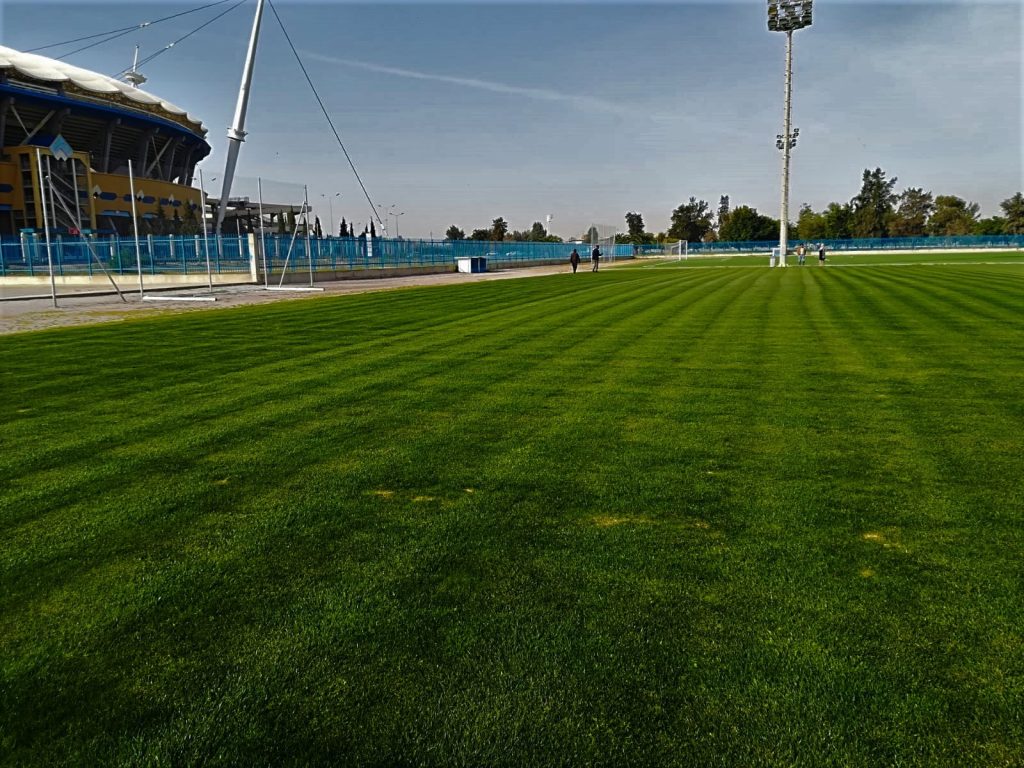
Figure 5. Recovered green-colored lawn just 3 weeks after treatment (March 29, 2018)